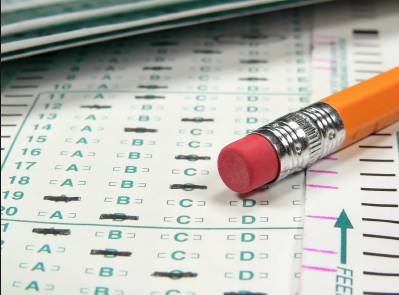With the coming changes to the SAT, a test taken by almost every aspiring college student, claims have been made of its easier accessibility and closer relation to the skills of high school students.
These changes are a response to what some see as the test’s growing distance from high school based curriculum, according to college board president David Coleman.
Specifically, eight featured changes are set to debut in the Spring of 2016. The first is more relevant words in context. Others are evidence based reading sections and an essay analyzing a source. Also, the new math focuses on algebra, problem solving and data analysis, and advanced math. Problems grounded in real-world context will also be featured in the new SAT, redesigned for a more applicable test. Science and social studies will also involve more analysis. And reading sections will feature historical documents to bring global conversation into play. The final and most popular change to the SAT is, there will be no penalties to incorrect answers.
Students often complain that the test is not a realistic measure of knowledge, but a measure of opportunity and strategy. While the SAT is used as a predictor for college success, one test simply cannot present the full capabilities of a student based on the rigor of college. Also, the test has not been found to be universally accessible, because with each student comes an individual way of thinking and learning, not to mention the variety and varying degrees of learning disabilities, for example, students with dyslexia may have a hard time adjusting to the test.
The SAT can even offset a student’s accomplishments over their four years in high school by demoting them on the scale of acceptance when compared to other applicants. College entrance exams, like the SAT, are half of what determines acceptance, further proving the process to be a competition. In the eyes of many, this is strictly for the University’s ego. Can one test truly demonstrate a student’s potential success in four plus years of college classes? No, because a test, such as the SAT, requires a few months of prep class, whereas college consists of a series of classes, growing in rigor, in addition to endless distractions and antagonistic opportunities, which may lead a student to become stagnate.
The SAT should not completely blind side a student, considering that there a multiple test required for high schoolers- the PSAT, for example. And the lowering of test standards will give those students who slacked off in their high school years a more appealing school application, but these changes will also give the productive and hard-working student an even better chance to shine in the eyes of college admittance offices, and they will be alleviated of the stresses of the ever-looming standardized test prep classes.

